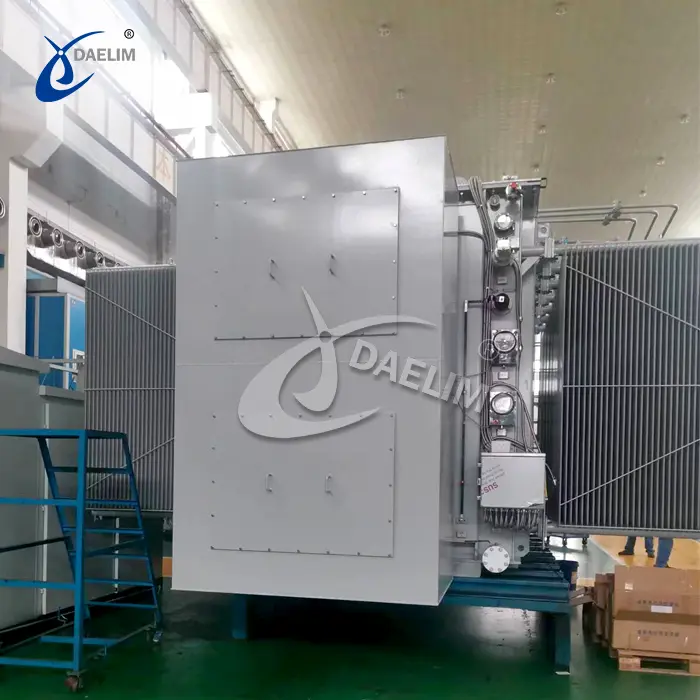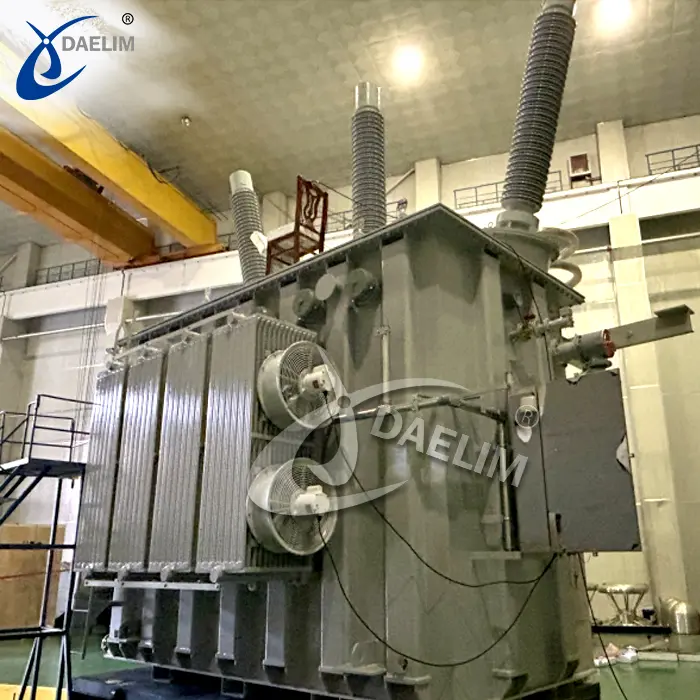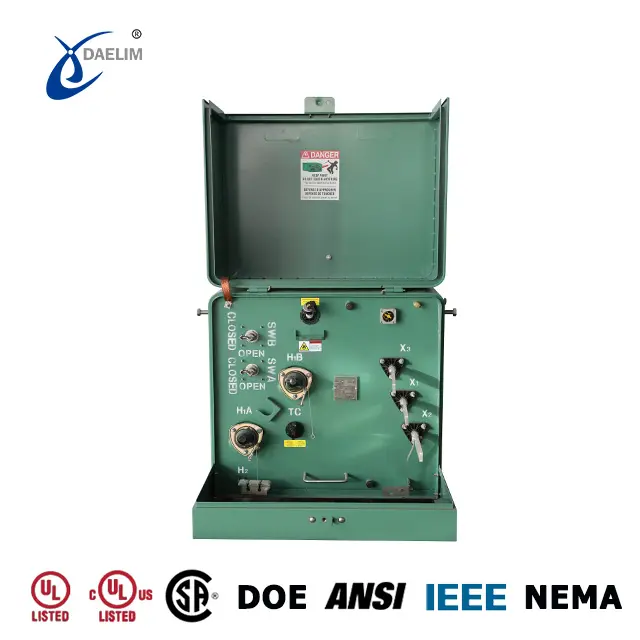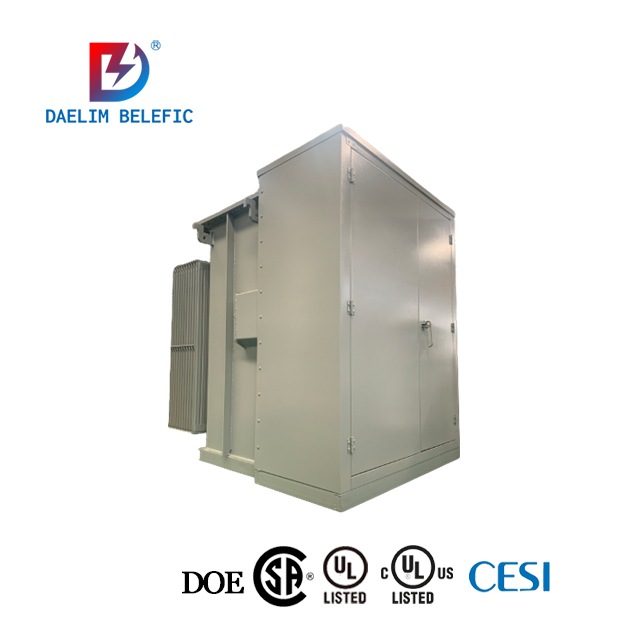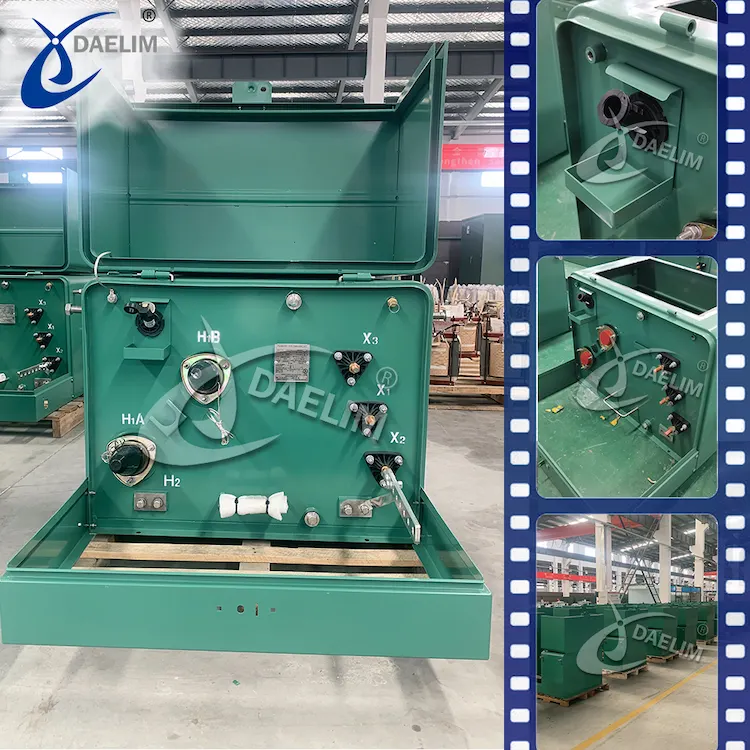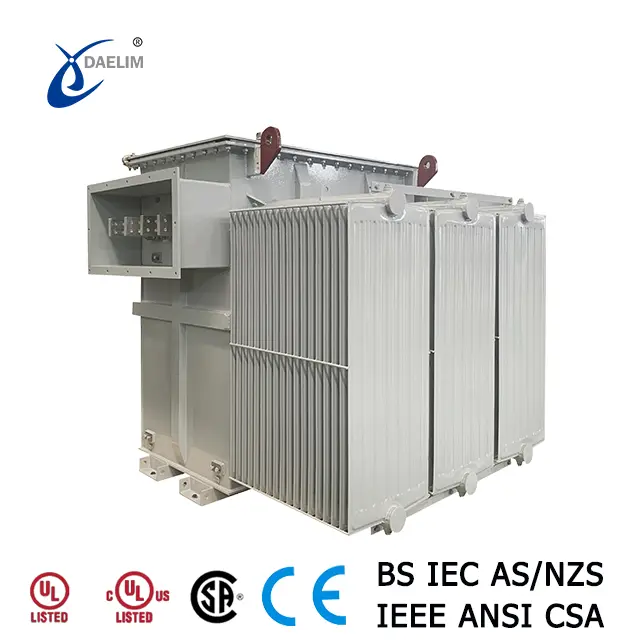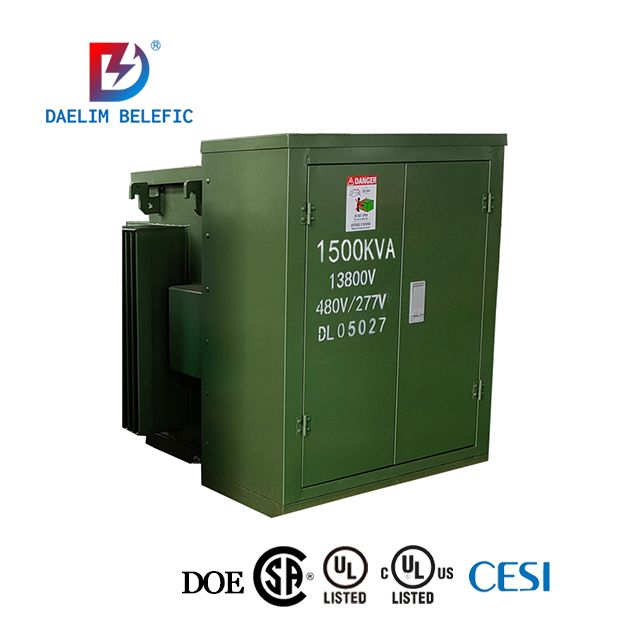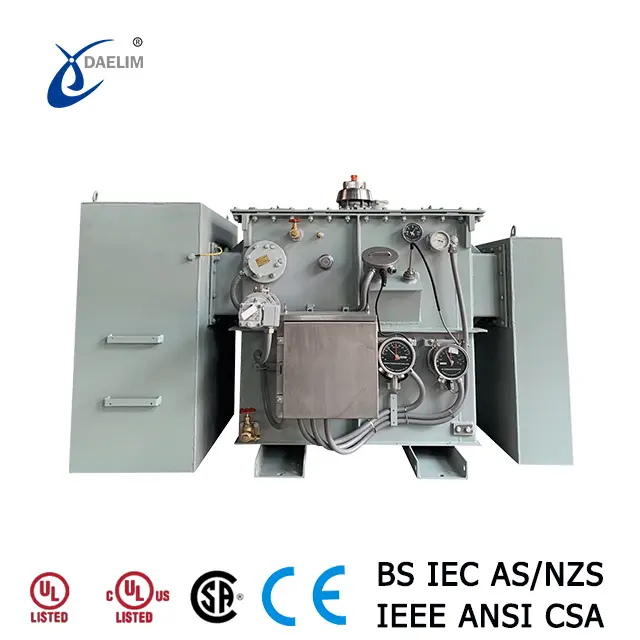Causes and measures for abnormal transformer sound
When operating normally, a transformer emits a continuous, uniform, and slight "buzzing" sound due to the AC electromagnetic field. Uneven or unusual sounds are considered abnormal. The main causes and measures are
System Overvoltage
-
Measure: Confirm against the transformer's nameplate parameters.
Overload Operation
-
Measure: Check the transformer's operational load against its nameplate parameters.
Loose Internal Components
-
Cause: Loose internal clamps, screws, or pull straps pressing the core, causing the silicon steel sheets to vibrate more and create noticeable noise.
-
Measure: Open the transformer cover and secure the components.
Static or Corona Discharge
-
Cause: Poor contact or grounding of metal parts in the section switch, or corona discharge from external insulation.
-
Manifestation: Accompanied by a "crackling" discharge sound.
-
Measure: Ensure proper contact and grounding.
Loose External Accessories
-
Cause: Loose nameplates, signboards, or fan motors.
-
Measure: Secure the loose external accessories according to the specific situation.
By identifying these causes and taking appropriate measures, abnormal transformer sounds can be effectively addressed to maintain proper operation.
Related Products
Related Article
Differences Between NLTC and OLTC Transformers
OLTC transformers adjust voltage levels under load without power interruptions, ideal for areas with frequent voltage or load instability. NLTC transformers adjust voltage only when de-energized, making them more economical and suitable for stable voltage conditions. Choose OLTC for instability and NLTC for stable conditions.
Differences Between Copper Core and Aluminum Core Transformers
Copper core transformers offer better conductivity, slower temperature rise, and are ideal for high-load applications. Aluminum core transformers are more economical, heat up faster, and are suitable for lower loads. Choose based on your specific load requirements.
Why Does Dry-Type Transformer Make Noise?
Noise in dry-type transformers is mainly caused by poor-quality silicon steel sheets, uneven installation sites, and high grid voltage increasing the core's magnetic density.
What happens if the transformer is overloaded?
Transformer overload results in increased power consumption, causing higher operating temperatures, insulation aging, and shortened lifespan. It can also harm connected electrical equipment. To maintain optimal performance and longevity, load should not exceed 15% of rated capacity in summer and 30% in winter.
Why does the transformer explode?
Transformer explosions are typically caused by factors such as internal short circuits, improper use and maintenance, overload, aging, manufacturing defects, lightning strikes, and load short circuits. Choosing high-quality transformers from reputable suppliers is crucial to minimize these risks.
Why does transformer require a balanced winding?
A balanced winding in transformers minimizes voltage differences between windings, reducing losses, controlling output voltage, and ensuring reliable operation.

